As an author, avid reader, and complete dork, I’m always willing to offer my literary services to anyone within shouting distance. Need a new book? I’ll give you forty suggestions based off your reading style, current mood, shoe size, and stance on Balkanization. This article today is for two kinds of people. The first kind of person hasn’t read any cyberpunk literature, and may or may not have even heard the term before. The second kind of person is someone who loves cyberpunk, and maybe wants to share with me some new entries or tell me how wrong I am. All are welcome!
We begin with lesson the first: what the hell is “cyberpunk?”
Cyberpunk
Cyberpunk is a girl with a single bundle of pulsing fiberoptics in her hair, holding an acid-etched kukri in one hand and a stim-linked auto-pistol in the other, facing off against three identical Yakuza-clone bioassassins in the middle of a noodle shop. Cyberpunk is an old, dying billionaire uploading his consciousness into a satellite so that his enemies can never get to him. Cyberpunk is a young guy in a leather jacket, his temple socketed with an RSI Wireless Neuro-Geyser, smoking military grade hexameth to give him that extra edge in his virtual reality professional gaming tournament.
Cyberpunk is simply this: “high tech, low life.” You know how in Star Trek, technology improves society, improves man, eliminating greed and selfishness and making him something greater in the scheme of the universe? Cyberpunk isn’t that. Cyberpunk is the idea that no matter how much technology we have, we’ll always be the same hairless monkeys that killed Socrates and walked human beings into ovens. Our toys get better, our hearts stay the same – that’s cyberpunk.
As far as literature goes, cyberpunk is a niche sub-genre of science-fiction. While fans try to break the sub-genre down into even more fractals (cyberpunk, post-cyberpunk, biopunk, etc), it’s not really necessary to make those distinction unless you’re studying the genre. And fuck that. Reading is better than studying. Believe it. Anyway.
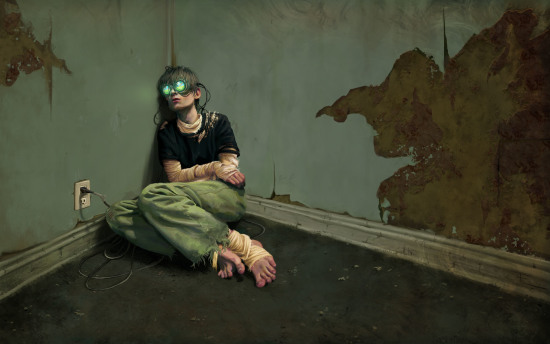
Cyberpunk stories often feel like the love child of noir detective fiction and dystopian future. Heroes always come in the “anti” flavor (if you’re lucky), ultra-violence is de rigueur, and the societal implications of high-tech inventions never go unexplored. Megacorporations feature prominently, as do dystopian governments that are either way too powerful or completely limp-wristed. Cultural blending also plays a large role – expect to see Kanji alongside English alongside Cyrillic.
Cybernetics, virtual reality, drugs, sex, corporate espionage, organized crime, and artificial intelligences make up just a few of the ingredients of cyberpunk soup. If this soup tastes familiar, it’s because . . .
You’ve Seen Cyberpunk Before
While there’s yet to be a real major cyberpunk film, there have been dozens of movies that you’ve probably seen that borrow tons of elements and themes of cyberpunk. Blade Runner (starring Harrison Ford, Rutger Hauer, and Sean Young) is often considered to one of the most prominent cyberpunk films ever. It’s definitely the closest a movie has ever come to being completely cyberpunk. There aren’t any cybernetics, virtual realities, interconnected information networks, or corporate espionage. Decker is essentially a government stooge (a big no-no for cyberpunk protagonist), but the look of the city and the noir-future design and music are perfect.
The Matrix Trilogy borrows many ideas and clothing from cyberpunk, but it’s almost too advanced and epic: fighting sentient robots on the broken remains of a scorched Earth for the survival of humanity is way too “big picture” for cyberpunk. Cyberpunk is about surviving the shitty world, not saving it. Plus, Neo being so powerful is fairly antithetical to cyberpunk – CP protagonists might be badass, but they’re always the shit-kicked underdogs (an element nabbed whole-cloth from its noir roots). Still, a movie about sexy hackers in leather and mirrored sunglasses cannot be ignored whilst talking about CP’s influence on cinema.
Speaking of sexy hackers in leather, the 1995 Hackers is about as cyberpunk as a movie can be without actually being set in the future – IMDB even goes whole hog and calls it a “cyberpunk thriller.” Subversive young techno-savvy rebels? Check. Tight leather and weird asymmetrical clothing and hairstyles? Check. Electronica music that sounds like a robot orgy? Check. Heavy Asian influence? Check. Badass sexy androgynous female lead (Angelina Jolie, in one of her earliest roles). Check! They’re fighting a mega-corp lead by a smarmy techno dick, and the bad guys even have control over the police. The corp has a brand-new uncrackable supercomputer that’s even named “the Gibson” after the literary father of cyberpunk himself, William Gibson.
Tons of other movies have the flavors and the vibe. Any adaption of author Philip K. Dick’s work is going to be cyberpunk by default. Just look at Total Recall, A Scanner Darkly, Minority Report, and obviously Blade Runner. The 1992 brainy heist movie Sneakers shares many of the ideas of the cyberpunk without really featuring the aesthetic. Keanu Reeves tried his best to make Johnny Mnemonic a good movie – it was already an adaption of a William Gibson short story, but the movie went too big (and also completely screwed up one of the greatest female heroines in books, and what should have been one of the best female characters in cinema).
Okay, so we’ve seen the cinematic influences, but where did it all start? Also, when the hell are you going to give me book recommendations? Well, good question! I can cover both with the following . . .
Getting Started with Cyberpunk
So you like what you hear, or you’re at least intrigued enough to give the genre a shot – well good news! It’s an incredibly intelligent branch of sci-fi, and asks a lot of the big questions that ring true in our Information Age era. It would make for a heavy cake, but luckily it’s frosted with comic book action and scenes that scream for you to jump up and pump your fists. It’s the perfect blend of frighteningly clever and katana-fighting in dumb my opinion, and I highly recommend it.
But where to start?
If you want to give cyberpunk a shot but don’t necessarily want to dive right into the deep end, I would recommend the Takeshi Kovacs novels by Richard K. Morgan. They’re actually pretty new, which might have cyberpunk enthusiasts twisting angrily in their seats, but you have to remember: we’re not teaching a cyberpunk history class here. Even if the last thousand words of this article was . . . pretty much that. When we’re talking about recommending books, about dipping a toe in a genre, it has to be something a new reader is going to enjoy.
William Gibson is the first exposure to cyberpunk for many readers, because he’s considered the Daddy of the Mack Daddy. Gibson wasn’t the first writer to explore similar themes or ideas, but he pretty much perfected the look, feeling, and story model. He laid the track for all future writers. He’s the Tolkien of cyberpunk, basically – not the originator, but he’s the guy everyone is aping when they sit down to write new cyberpunk tales.
However, I wouldn’t recommend Tolkien to a first-time fantasy reader either. It’s heavy, dense, and not always reader-friendly – William Gibson walks a similar line. He’s undoubtedly one of the best (like Tolkien), but his stories are not light reading. They’re frighteningly clever and packed to the goggles with detail and ideas, but they’re thick. The ideas in those books can deflect bullets, and the writer doesn’t really meet the reader halfway.
So if I were to share an “adventurous nerd curriculum,” it would look like this:
Beginner Cyberpunk Reading List:
Altered Carbon (Richard K. Morgan) – A (relatively) straightforward detective story starring Takeshi Kovacs, an ex-Envoy investigating a murder case in a world where the human consciousness can be saved, backed up, and reinstalled in another body. The language is “lyrical ugliness” without getting too heady, the characters are well drawn, and the world and tech is well-explained without feeling info-dumpy. There’s a lot of sex and violence, so, still not for the faint of heart.
Ready Player One (Ernest Cline) – This one is much lighter on the cyberpunk than Altered Carbon, but only because the novel is more subtle about it. Ready Player One is like a geeky, future retelling of “Charlie and the Chocolate Factory,” except way better. A billionaire who invented the world’s largest multiplayer virtual reality video game dies, and he leaves his fortune to whoever can pass a series of pre-programmed challenges and quests in his virtual world. The reality outside the game is pure cyberpunk, and the “underdog hackers fighting over-powered corporate stooges” plot is cyberpunk all day.
Burning Chrome (William Gibson) – After you’ve gotten those two under your belt, you’re ready for a taste of the Man. This is only a short story, but it’s still incredible. It’s Gibson’s first foray into the Sprawl, the setting of his most famous cyberpunk trilogy, and functionally his first work in the genre. It’s short, has a beautifully compact story, and will not only stick with you but introduce you to a more complex palate.
Intermediate Cyberpunk Reading List:
Do Androids Dream of Electric Sheep (Philip K. Dick) – One of the earliest cyberpunk stories, this is the book that inspired the film “Blade Runner.” Don’t feel like you know the story, because the movie is actually way different. The novel flushes out the world and character of Deckard more, and tells a much more human story.
Neuromancer (William Gibson) – You’re ready for the book that birthed a genre. This is the beginning of the Lord of the Rings trilogy, if you’ll let me lazily recycle my metaphor from earlier. Neuromancer, Count Zero, and Mona Lisa Overdrive comprise the “Sprawl Trilogy,” a loosely-connected trio of novels that basically serve as the Holy Bible of cyberpunk. The main characters and stories change between books, but certain characters reoccur and there’s an overall theme progression that tells a really interesting story from many perspectives. Neuromancer is about Case, a burned-out freelance hacker offered “one last job” by a sinister company-man. It also stars Molly Millions, one of the most hardcore, ass-kicking women in fiction. Highly recommended.
The rest of the Takeshi Kovacs novels, Sprawl Trilogy, and anything by Philip K. Dick – Now’s your time to dive in and absorb all that you can.
Advanced Cyberpunk Reading List:
Snow Crash (Neal Stephenson) – Snow Crash is a way-too-clever affectionate parody of cyberpunk written by a master. It’s the “Shaun of the Dead” or “Hot Fuzz” of cyberpunk fiction, which is why I include it so late in the list – you can’t really enjoy a parodic love letter unless you’re actually familiar with the subject matter being lovingly skewered. It’s not that Snow Crash is a joke – it’s absolutely not. It’s an incredible addition to the cyberpunk genre, and it’s no less smart than other books in the genre. In fact, it mixes brilliant sci-fi with a deep knowledge of Babylonian history, and combines it into a zany, ridiculously cool adventure story. The main character is a half-Japanese hacker-samurai by the name of Hiro Protagonist for God’s sake. It’s a must-read.
The Stars My Destination (Alfred Bester) – One of the earliest examples of a cyberpunk story, it’s a great read if, by this point, you want to explore the history of the genre. First published in 1956, the story was surprisingly prescient about ganging together all the tropes that would some day become “cyberpunk.” Cybernetics, societal issues with super-advanced technology, and even giant corporations. It’s also a bit “Robinson Crusoe” and “Count of Monte Cristo” tossed into a blender, but it’s still an interesting read for how forward-thinking it was.
Gravity’s Rainbow (Thomas Pynchon) – Another early vision of cyberpunk that precedes Gibson, Gravity’s Rainbow is only for the true fanatic. This book is the “War and Peace” of cyberpunk history lessons. It’s a beast, one that I haven’t even gotten around to tackling. It’s a goal of mine, but I don’t think I’m quite ready. It takes place after WWII, and involves a shitload of characters getting involved in a search for a technological McGuffin from a V2 rocket. It deals with altered consciousness, advanced technology, and quantum mechanics. It’s weird and funky and complex, and while it may not be cyberpunk in the strictest sense, it’s definitely cyberpunk’s grandfather. Or at least it’s weird uncle.
Ready to begin your adventure into cyberpunk, or to tell me how wrong and dumb I am for forgetting a cyberpunk must-read? Let me know in the comments below. HACK THE PLANET!

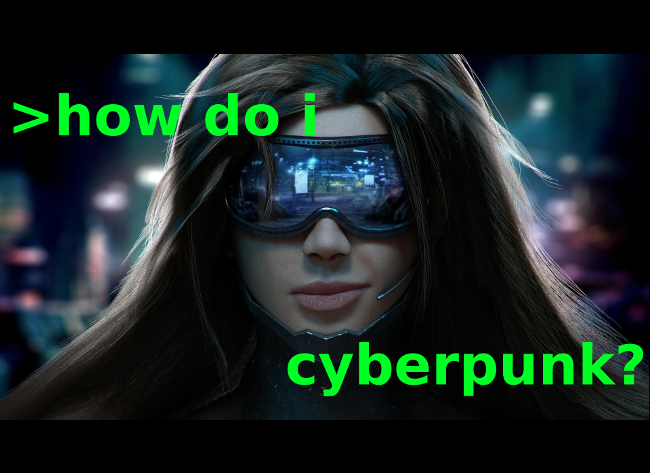
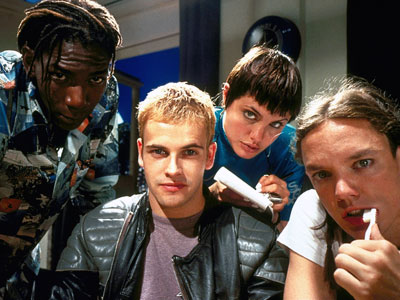
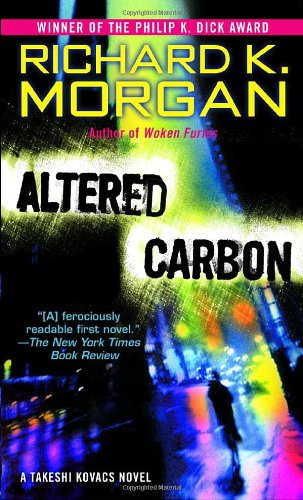
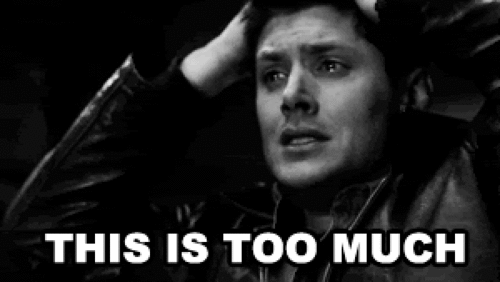
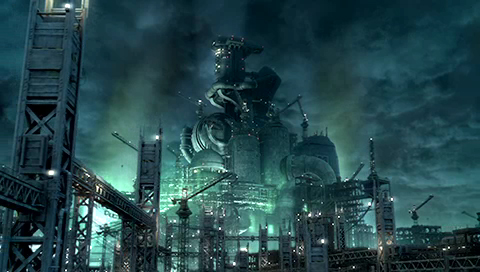
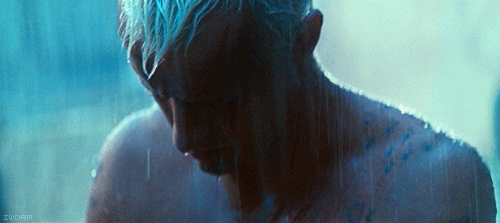
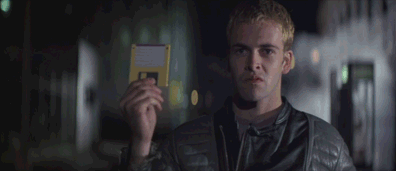
What is now Steampunk was the Cyberpunk equivalent of the late 1800″s……?
Mr. author you are hilarious! I really enjoyed reading this article. Thank you for posting.